Welcome to Jiangsu DZX Factory.
Email:dlx@dlx-alloy.com Mobile/Whatsapp:+86 199 0611 9641
Professional manufacturer of welding wires and spraying wires,over 22 years.
Welcome to Jiangsu DZX Factory.
Email:dlx@dlx-alloy.com Mobile/Whatsapp:+86 199 0611 9641
Professional manufacturer of welding wires and spraying wires,over 22 years.
Contact:Jason
Whatsapp:+8619906119641
Email:dlx@dlx-alloy.com
Add:NO.32 West Taihu Road, Xinbei District, Changzhou, Jiangsu,China
Copper Welding Wire
Product Details
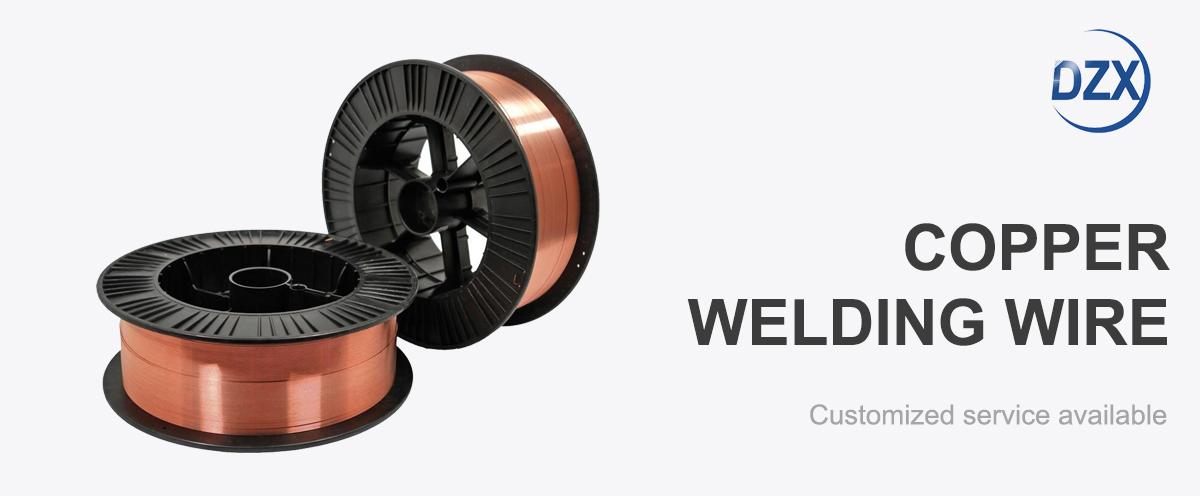
Our ERCuNi 5Fe1 copper-nickel welding wire is a tough, reliable choice for marine welding. Packed with about 5% nickel and 1% iron, this wire is built to create strong, corrosion-resistant welds that hold up in salty, wet conditions. It’s designed for TIG welding, delivering a smooth arc and clean bead with barely any spatter. Whether you’re working on copper-nickel alloys (like 90/10 or 70/30 Cu-Ni) or joining dissimilar metals, this wire gets the job done, making it perfect for marine pipelines, shipbuilding, and more.
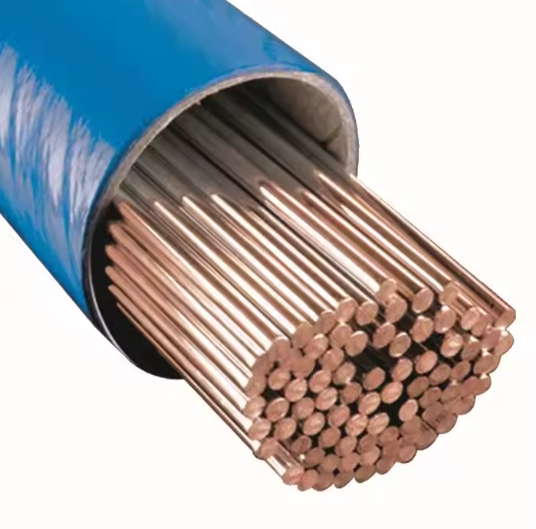
We’ve dialed in our ERCuNi5Fe1 wire to tackle the harshest marine environments. The nickel and iron combo boosts corrosion resistance, especially against seawater, while keeping welds strong with tensile strength around 50,000-60,000 psi. It’s a champ at welding copper-nickel alloys or pairing them with steel, delivering crack-free joints every time. The wire’s smooth feed and stable arc make it a breeze to use, whether you’re welding by hand or with automated systems. It’s built to last in tough conditions like offshore platforms or desalination plants.
For more other size details, pls directly contact us
The copper-based welding wire market is growing fast, projected to reach USD 4.5 billion by 2030 with a 5.5% CAGR. Marine industries, along with chemical and energy sectors, are fueling demand for materials that can handle corrosion in extreme environments. Copper-nickel wires like ERCuNi5Fe1 are a hot commodity for their ability to meet strict marine and safety standards. With offshore wind farms, tidal energy projects, and shipbuilding on the rise, high-performance welding wires are more critical than ever to keep equipment reliable and long-lasting.
| AWS Classification | Applications |
| ERNiCr-3 | Used for welding 600, 601, and 800 alloys and dissimilar welding between stainless steel and carbon steel |
| ERNiCrFe-7 | Suitable for welding nickel-chromium-iron alloys under ASTM B163, B166, B167, and B168 standards |
| ERNiCrFe-6 | Designed for welding steel to nickel-chromium-iron alloys, as well as stainless steel to nickel-based alloys |
| ERNiCrCoMo-1 | Used for welding nickel-chromium-cobalt-molybdenum alloys and various high-temperature alloys |
| ERNiCrMo-3 | Suitable for nickel alloy, carbon steel, stainless steel, and low alloy steel welding, primarily used for 625, 601, 802 alloys, and 9% nickel alloys |
| ERNi-CI | Used for welding commercially pure nickel, malleable cast iron, and gray cast iron |
| ERCuNi | Suitable for welding 70/30, 80/20, and 90/10 copper-nickel alloys |
| ERNiCu-7 | Used for welding nickel-copper alloys such as B127, B163, B164, and B165 |
| ERNi-1 | Designed for welding pure nickel castings and forgings, including those under ASTM B160, B161, B162, and B163 standards |
| ERNiFeMn-CI | Suitable for welding nodular cast iron, ductile iron, malleable cast iron, and gray cast iron, as well as their dissimilar welding to stainless steel, carbon steel, low alloy steel, and various nickel alloys |
| ERNiCrMo-4 | Used for welding nickel-chromium-molybdenum alloys, or for welding nickel-chromium-molybdenum alloys to steel and other nickel-based alloys |
| ERNiCrMo-11 | uitable for self-welding nickel-chromium-molybdenum alloys, dissimilar welding with steel and other nickel alloys, and also for cladding applications |
| ERNiCrMo-13 | Used for welding low-carbon nickel-chromium-molybdenum alloys |
| ENiCrMo-3 | Designed for welding nickel-chromium-molybdenum alloys, including 625, 800, 801, 825, and 600 |
| ENiCrFe-3 | Used for welding nickel-chromium-iron alloys and for dissimilar welding with carbon steel |
| ENiCrFe-2 | Suitable for welding austenitic steel, ferritic steel, and high-nickel alloys, also used for 9% nickel alloy welding |
| ENiCu-7 | Primarily used for welding nickel-copper alloys and their dissimilar welding with steel |
| ENiCrFe-7 | Ideal for welding 690 (UNS N06690) nickel-chromium-iron alloys |
| ENiCrMo-4 | Designed for C-276 alloy welding and most nickel-based alloys |
| ENiCrCoMo-1 | Suitable for welding nickel-chromium-cobalt-molybdenum alloys and various high-temperature alloys |
| ERCuNi | Used for welding forged or cast 70/30, 80/20, and 90/10 copper-nickel alloys |
| ENiCrMo-13 | Used for welding low-carbon nickel-chromium-molybdenum alloys |
| ENiCrMo-11 | Used for welding low-carbon nickel-chromium-molybdenum alloys |
| Welding Wire Type | Density (g/cm³) | Melting Point (°C) | Electrical Conductivity (% IACS) | Coefficient of Thermal Expansion (10⁻⁶/°C) | Tensile Strength (MPa) | Yield Strength (MPa) | Elongation at Break (%) |
| Carbon Steel Welding Wire | 7.85 | 1450 | 8-10 | 11.8 | 400-550 | 300-400 | 20-25 |
| Stainless Steel Welding Wire | 7.9 | 1350-1450 | 2-5 | 16-17 | 550-650 | 300-400 | 30-40 |
| Aluminum Welding Wire | 2.7 | 600-660 | >60 | 23.1 | 150-200 | 75-100 | >20 |
| Nickel Alloy Welding Wire | 8.4 | 1350-1400 | 1-2 | 13.1 | 600-800 | 400-600 | 30-40 |
| Welding Rod Type | Coating | Electrical Resistivity (10⁻⁶ Ω·cm) | Hardness (HV) | Heat Resistance (°C) | Tensile Strength (MPa) | Yield Strength (MPa) | Elongation at Break (%) |
| Carbon Steel Welding Rod | Acid coated, alkaline coated | 10-15 | 150-200 | < 450 | 400-550 | 300-400 | 20-25 |
| Stainless Steel Welding Rod | Acid coated, alkaline coated | 60-80 | 200-400 | < 800 | 550-750 | 350-450 | 25-35 |
| Cast Iron Welding Rod | Alkaline coated | 90-120 | 250-450 | 300-600 | 300-500 | 150-300 | 10-20 |
| Nickel Alloy Welding Rod | Alkaline coated | 80-100 | 200-300 | < 1200 | 700-900 | 450-650 | 20-35 |
For more other size details, pls directly contact us
Our ERCuNi5Fe1 wire is a go-to for marine welding, from seawater pipelines to ship hulls and offshore rigs. It’s perfect for heat exchangers and desalination systems where corrosion resistance is non-negotiable. Beyond marine, it’s used in chemical plants for equipment exposed to corrosive fluids and in power generation for durable, high-performance welds. The wire’s versatility also makes it great for joining dissimilar metals, like copper-nickel to stainless or carbon steel, in complex industrial setups.
The welding world is leaning hard into sustainability, with industries demanding materials that cut down on maintenance and extend equipment life. Our ERCuNi5Fe1 wire delivers with its top-notch corrosion resistance. Automation is another big trend—robotic TIG welding is taking off, and our wire’s consistent performance makes it a perfect fit. Plus, stricter regulations in marine and chemical industries mean you need welds that meet high safety and environmental standards, and our wire checks all those boxes.
Here’s how our ERCuNi5Fe1 stacks up against other copper-based welding wires:
Parameter | ERCuNi5Fe1 (Ours) | ERCu | ERCuSi-A | ERCuAl-A1 |
|---|---|---|---|---|
Composition | ~5% Ni, ~1% Fe | Pure copper | ~3% Silicon | ~6-8% Aluminum |
Corrosion Resistance | Excellent (Seawater, chemicals) | Moderate (General) | Good (Mild environments) | Excellent (Chemical, cavitation) |
Primary Use | Cu-Ni alloys, dissimilar metals | Pure copper | Copper, galvanized steel | Aluminum bronze, surfacing |
Marine Suitability | High (Seawater pipelines) | Low (Not corrosion-resistant) | Moderate (Limited corrosion) | Moderate (Not seawater-specific) |
Weldability | Excellent (Stable arc, clean bead) | Good (Higher spatter risk) | Excellent (Smooth arc) | Excellent (Smooth arc) |
Tensile Strength (psi) | ~50,000-60,000 | ~30,000-40,000 | ~50,000 | ~60,000-70,000 |
Crack Resistance | Excellent (Ni/Fe enhanced) | Moderate | Good | Good |
Cost-Effectiveness | High (Marine durability) | High (For copper) | High (For specific uses) | High (Versatile) |
Our ERCuNi5Fe1 is the best pick for marine welding, offering unbeatable corrosion resistance and versatility.
We take pride in our ERCuNi5Fe1 wire, crafted to meet AWS A5.7 standards with high-purity materials for clean, consistent welds. Our manufacturing process ensures zero defects, so the wire feeds smoothly in both manual and automated TIG setups. Available in multiple diameters and spool sizes, it’s designed to fit your project perfectly. Our team’s always on hand with expert advice to help you nail every weld, whether it’s a small repair or a massive marine pipeline.
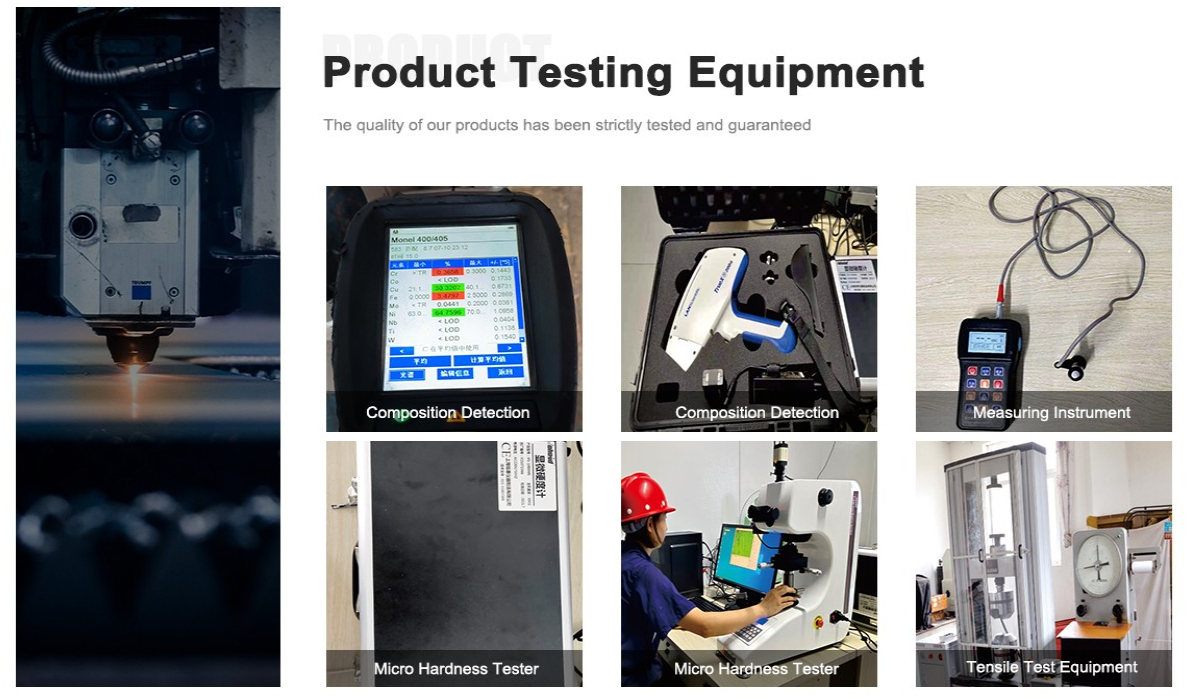
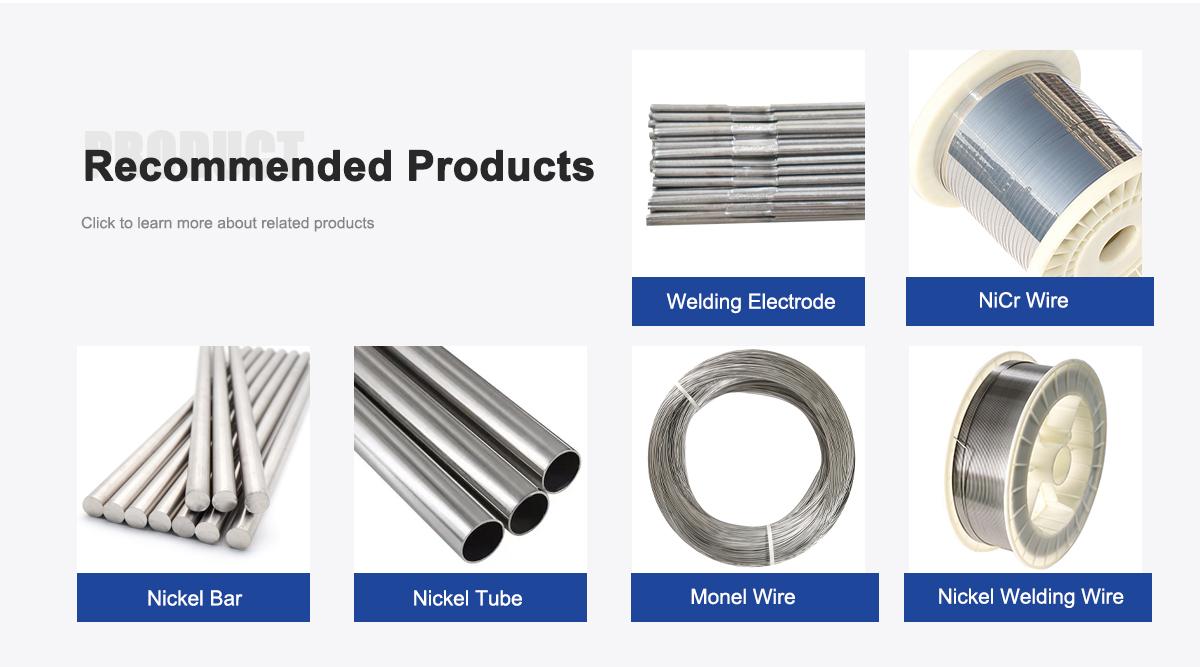
About Us:
Our 12,000㎡ factory is equipped with complete capabilities for research, production, testing, and packaging. We strictly adhere to ISO 9001 standards in our production processes, with an annual output of 1,200 tons. This ensures that we meet both quantity and quality demands. Furthermore, all products undergo rigorous simulated environment testing including high temperature, high pressure, and corrosion tests before being dispatched, ensuring they meet customer specifications. We also provide chemical analysis reports for every FeCrAl alloy, NiCr alloy, and other products purchased.
For all our clients, we offer timely and multilingual after-sales support and technical consulting, helping you resolve any issues swiftly and efficiently.
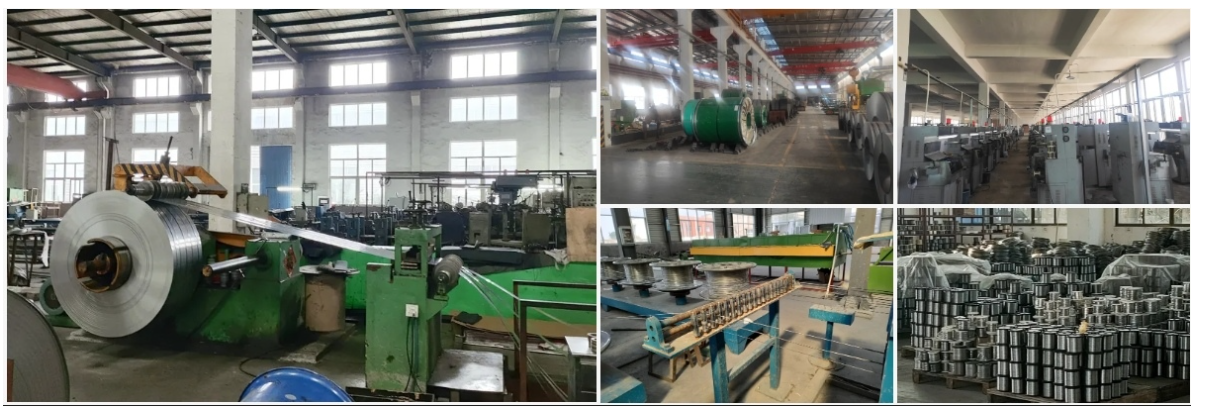
Client Visits
Building Stronger Partnerships
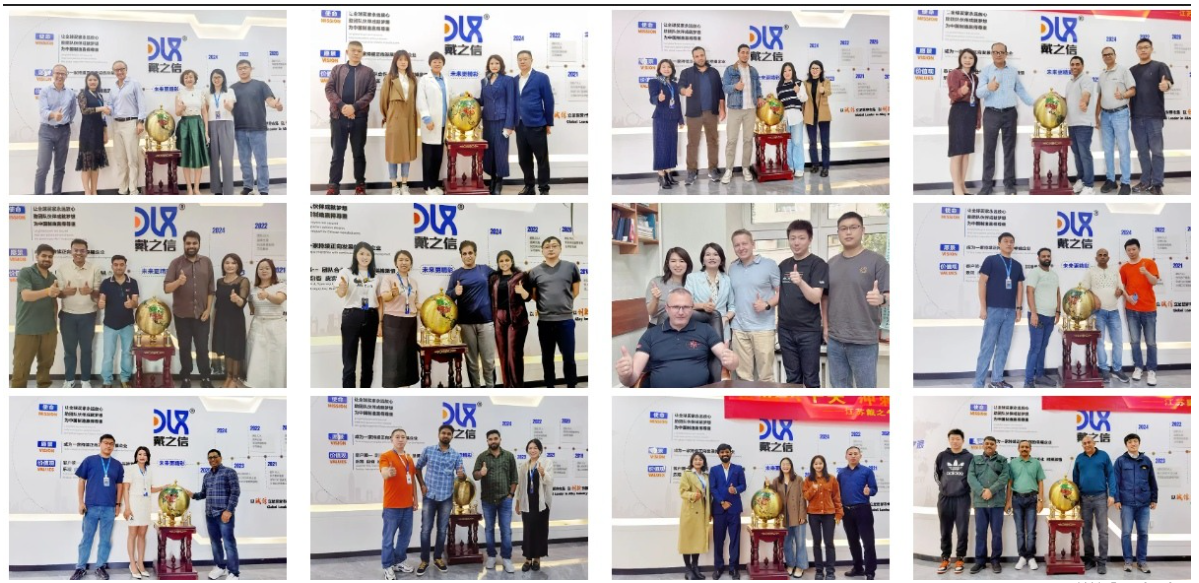
We support all kinds of testing:
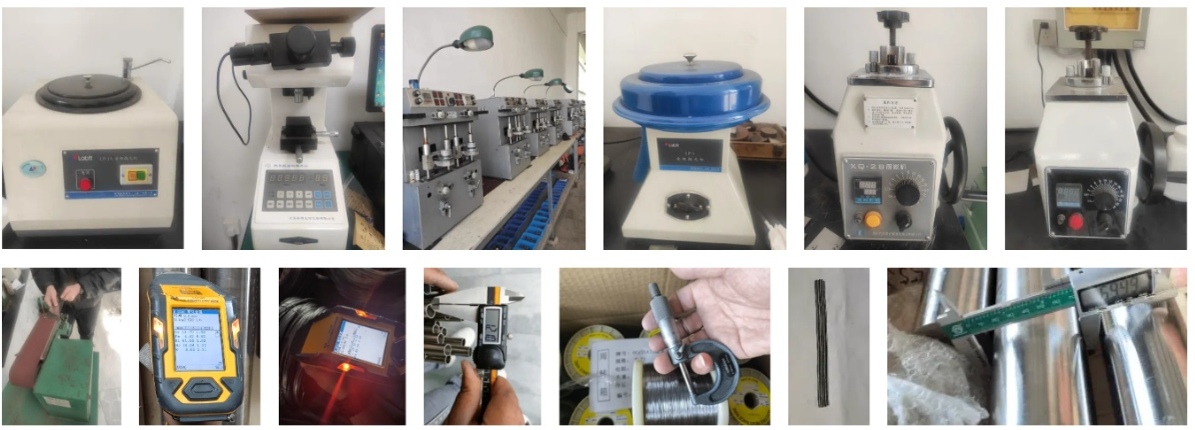
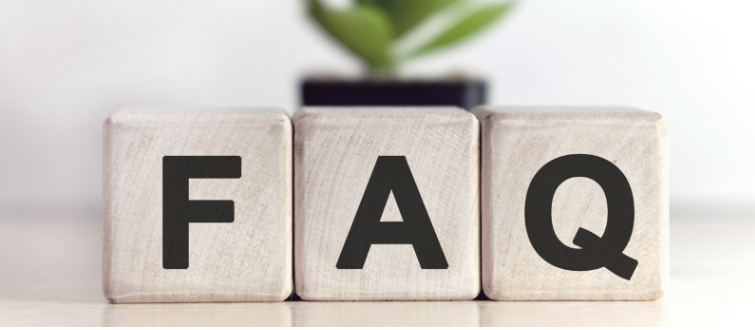
What makes ERCuNi5Fe1 great for marine welding?
Its 5% nickel and 1% iron content ensures top-tier corrosion resistance in seawater environments.
Can ERCuNi5Fe1 weld dissimilar metals?
Yes, it’s ideal for joining copper-nickel alloys to steel or other metals with strong welds.
What industries use ERCuNi5Fe1 wire?
Marine, chemical processing, and power generation for corrosion-resistant, durable welds.
How does ERCuNi5Fe1 compare to ERCuAl-A1?
ERCuNi5Fe1 is optimized for seawater corrosion, while ERCuAl-A1 excels in wear-resistant surfacing.
Is ERCuNi5Fe1 suitable for desalination plants?
Absolutely, its corrosion resistance makes it perfect for seawater-exposed equipment.
What shielding gas should I use with ERCuNi5Fe1?
Pure argon at 15-20L/min works best for TIG welding to ensure clean, stable welds.
Can ERCuNi5Fe1 be used in automated welding?
Yes, its smooth feed and stable arc are perfect for robotic TIG welding systems.
Why choose ERCuNi5Fe1 over ERCuSi-A?
ERCuNi5Fe1 offers superior seawater corrosion resistance, while ERCuSi-A is better for milder environments.
Our ERCuNi5Fe1 copper-nickel welding wire is your go-to for corrosion-resistant marine welds. From seawater pipelines to shipbuilding, it delivers strong, reliable joints that thrive in tough conditions. With industry trends pushing for durability and automation, our wire keeps you ahead of the game. Choose us for quality, consistency, and welds that stand up to the harshest marine environments.